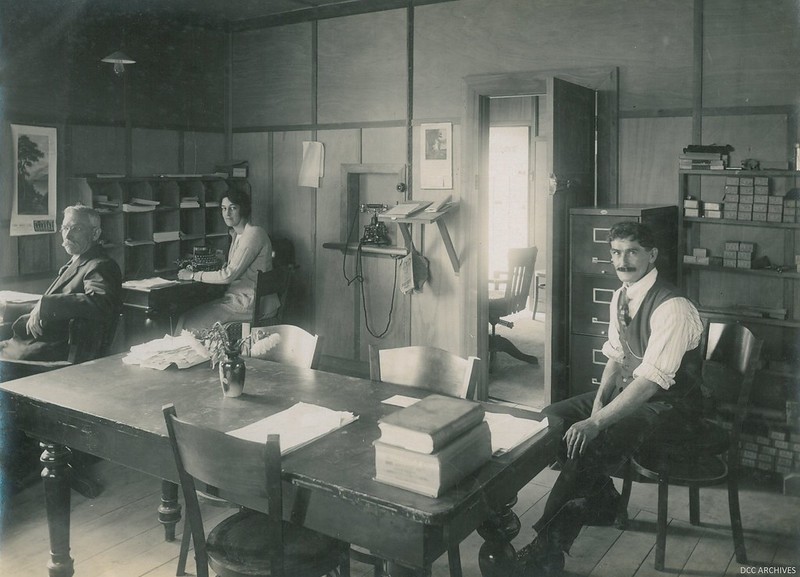Performance reviews are one of the most debated parts of people operations. For some, they’re motivating and clarifying. For others, they feel punitive, biased, or like an administrative chore. Understanding employee perceptions of performance reviews is essential if you want a process that drives engagement and retention.
How Employees Perceive Performance Reviews Today
- “Check-the-box” exercise – When reviews emphasize paperwork over conversation, they lose impact and credibility.
- Biased or inconsistent – Employees often sense favoritism or recency bias, which erodes trust. See practical ideas in Just Be Honest With Feedback.
- Stressful and one-sided – Annual, top‑down reviews can feel more like a verdict than a dialogue.
- Missed recognition – Wins get lost when feedback is delayed. For everyday recognition, try the principles in Praise Specifically, Criticize Generally.
The HR Executive’s Challenge
HR leaders must balance standardization with flexibility while turning inputs into action. That means creating a fair, repeatable cadence that still feels human—and equipping managers to coach, not just document.
- Balance structure with personalization – Calibrate ratings and expectations across teams, yet tailor goals and narratives to the individual. See related thinking in Involve More People in Performance Reviews.
- Turn data into development – Summarize themes, identify strengths, and codify next steps. A future‑focused mindset helps—see Keep Looking Forward.
Why Perception Matters
If the process feels irrelevant or punitive, employees disengage. When reviews feel like an opportunity—to reflect, to be recognized, to grow—people lean in. In other words, perception isn’t just optics; it influences performance behaviors across the quarter.
Shaping Better Perceptions with Modern Practices
- Make feedback continuous – Embed lightweight check‑ins and peer input between reviews. See guidelines in 5 Elements of Good Feedback.
- Capture work where it happens – Collect notes and shout‑outs from Slack/Teams/email so achievements aren’t forgotten.
- Use AI to reduce admin – Summaries and topic extraction help managers focus on coaching, not copy‑pasting.
- Create two‑way dialogue – Ask employees to self‑reflect and propose goals, then co‑author a plan with the manager.
Where Tools Fit
Modern platforms like WorkStory help teams gather feedback from tools they already use and assemble fair, structured reviews—so HR can spend less time chasing inputs and more time enabling meaningful conversations.
Key Takeaway
Performance reviews aren’t going away—but the way employees perceive them will determine their impact. When you modernize the process, normalize feedback, and make reviews actionable, you transform perception—and performance.





